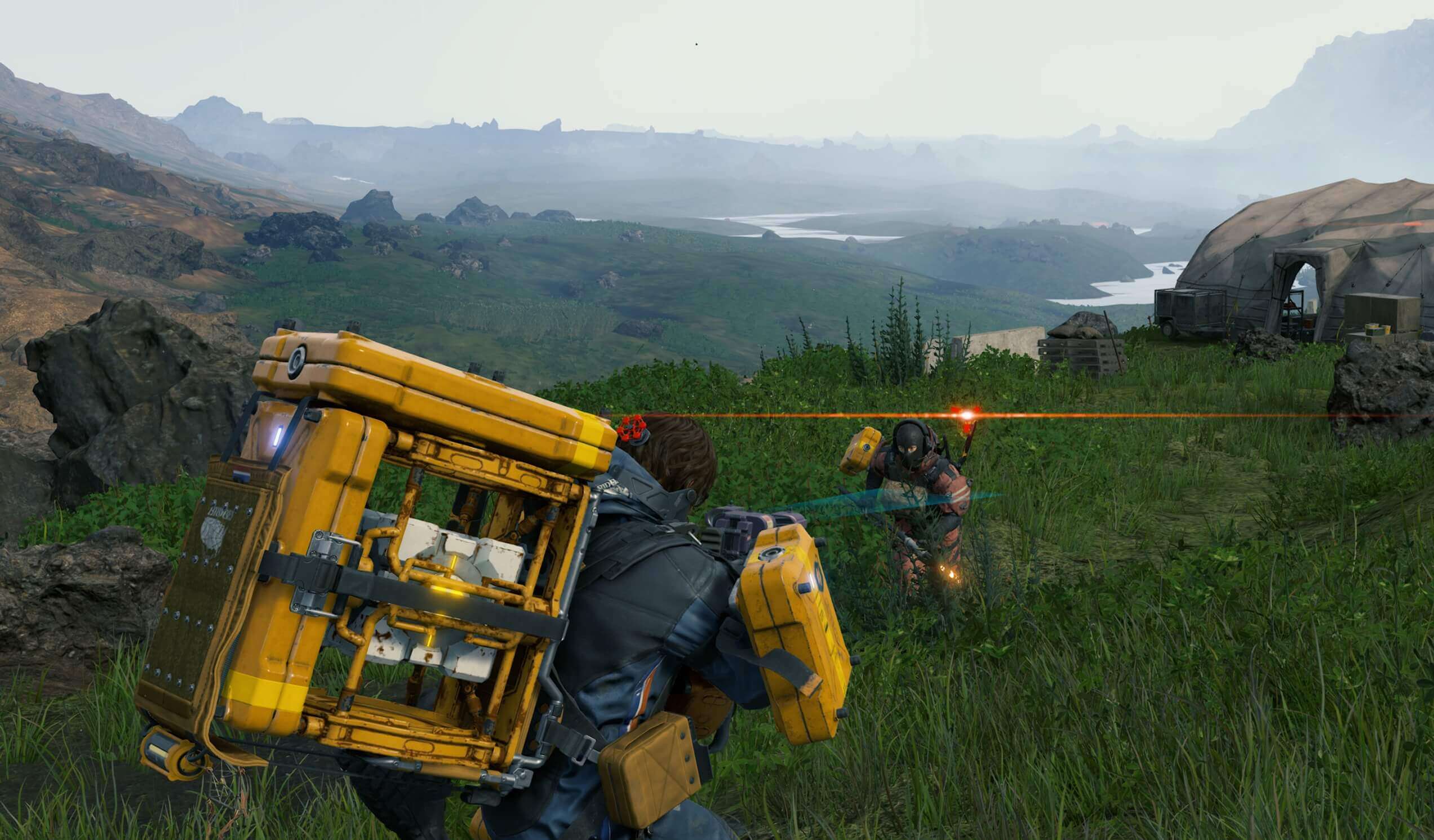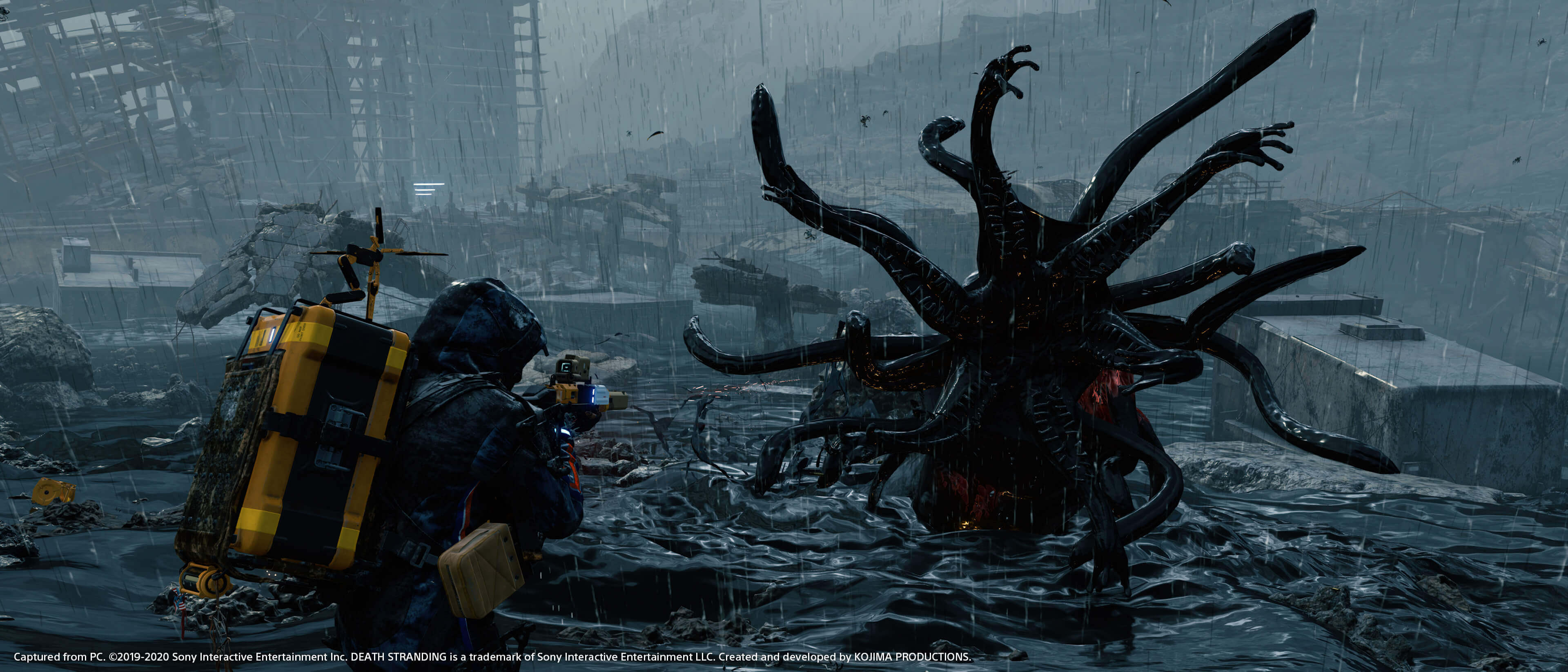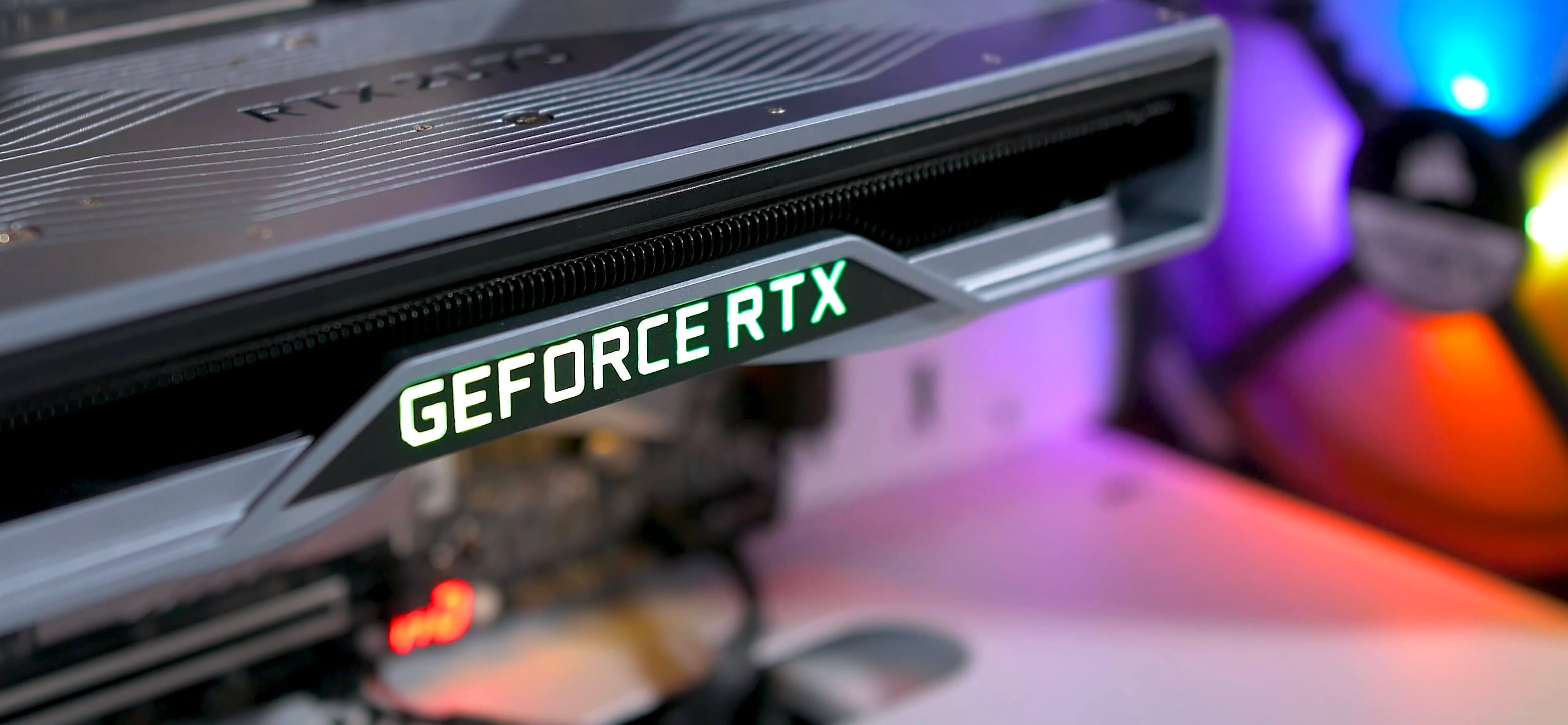In brief: When Kojima Productions’ PC port of Death Stranding arrives later this month, it’ll do so with support for Nvidia’s DLSS 2.0 technology in tow and according to Nvidia, it should be quite the treat. PC gamers will also get to experience Death Stranding’s new photo mode and enjoy support for ultrawide monitors.

Tom’s Hardware recently got their hands on an early preview build and put it through the paces. With DLSS performance mode enabled, the team was able to hit 77 FPS at 4K on even the slowest of the supported cards, an RTX 2060. On the high-end RTX 2080 Ti, they realized a 34 percent improvement in frame rates at 4K (from 78 FPS up to 105 FPS) while in DLSS quality mode.
Of course, you can also run the game natively if your hardware is up to the task or doesn't support DLSS 2.0. A GTX 1060 or AMD Radeon RX 590 and a semi-modern CPU is all that is needed for 1080p at 60 FPS according to Nvidia.
Must read: Nvidia DLSS in 2020: This Could Be a Game-Changer

Nvidia’s revised DLSS (short for Deep Learning Super Sampling) 2.0 was released in April 2020. If you aren’t fully up to speed on the tech, I’d highly recommend checking out Tim’s primer on the subject that we published earlier this year.
Death Stranding was originally scheduled for a June 2 launch on the PC but was delayed by six weeks due to complications from having to work from home during the Covid-19 pandemic.
Death Stranding is now slated to land on Windows PCs on July 14, 2020.
https://www.techspot.com/news/85840-death-stranding-dlss-20-good-4k-60-fps.html

